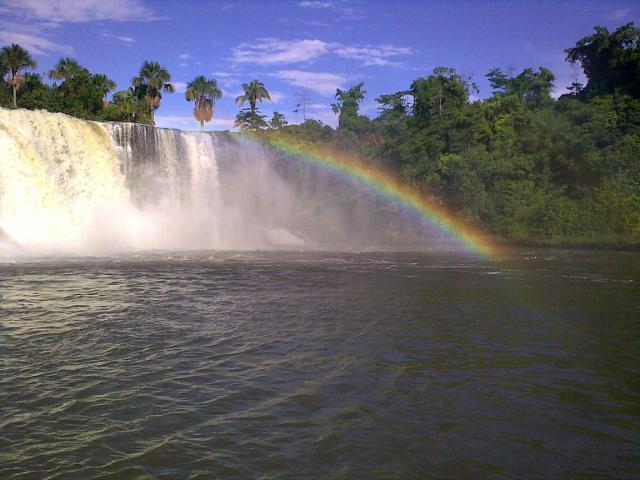I have had the joy and honor of being invited by the city of Oslo to present my research on the same Venue of Nobel Peace Prize!
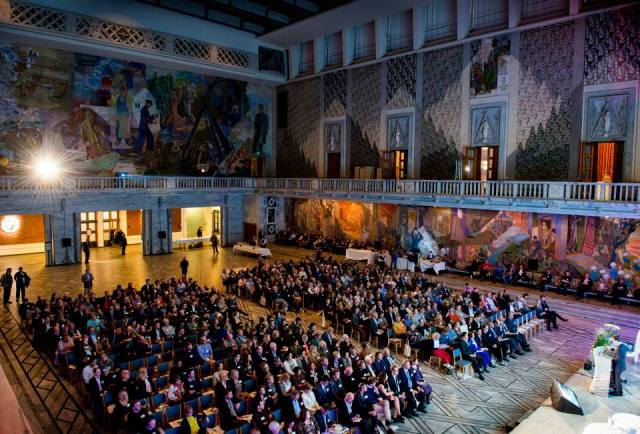
Photo 1 – Audience of my presentation in Oslo
Following is a summary of my presentation – “Conscious Leadership for Sustainability” at “Oslo Innovation Evening”:
I’ve been working in the field of sustainability for almost 20 years, in all regions of Brazil, with companies, universities and communities. What have my experience taught me?
I have realized that the understanding of sustainability and the approach to sustainability are very different from company to company. So – What makes one company – or a city – handle sustainability challenges better than others? What characterize their leaders?
After assessing many organizations and interviewing hundreds of leaders, I realized that to truly understand sustainability a different consciousness is needed. Leaders who can understand a higher purpose for their organizations, not just profits. Of course, profits are needed for the survival of businesses, just as we as humans need blood cells for our survival (1). Although, the production of blood cells is not our purpose. In the same way, profits are not the purpose of business, is much more than this!
Companies can find purpose and even increase profits – through new ideas and business models, but it needs to happen through finding a shared agenda with your stakeholders, finding ways in which your prosperity leads to others prosperity as well. It’s also about thinking long term. After all, purpose transcends a quarter, a semester, or a year. The most important thing is knowing who you are and why you do what you do (your purpose).
To find a different purpose, it may be necessary to view the world through different lenses than before.
As stated by Einstein:
“The problems that exist in the world today cannot be solved by the consciousness that created them”.
Therefore – this became my quest and my passion – contributing to the development of “Conscious Leadership for Sustainability” (2), the theme of my PhD research in Netherlands. I started my quest from scientific literature and ancestral cultures and I was amazed with the similarities between both – Different words to explain the same issues!
What I found in both cases, is that Sustainability is not just a way to make better use of technology (e.g. cleaner energy), is also a form of being different (3). What do we want to be as human beings? What we want to be as a civilization?
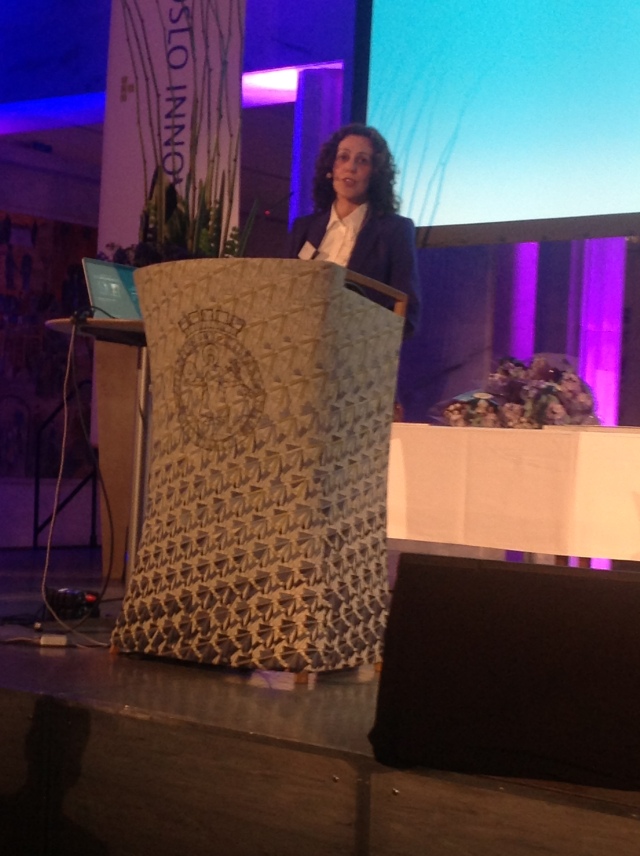
Photo 2 – Presenting at Oslo Innovation Week
To develop a conscious civilization, we need conscious leaders. Consciousness can be divided in to stages and each stage is more complex. Each stage of consciousness development transcends the previous stages, but includes its essentials, is like going from atoms to molecules, from molecules to cells, and from cells to organisms. In the words of Robert Kegan, a Harvard developmental psychologist:
“What gradually happens is not just a linear accretion of more and more that one can look at or think about, but a qualitative shift in the very shape of the window or lens through which one looks at the world.”
Kegan’s scientific research has shown leaders depending of their level of consciousness can be: self-sovereign, socialized, self-authored or self-transforming (for more see Constructive Developmental Theory).
Imagine 4 leaders and a mountain.
The self-sovereign leader is at the base of the mountain, he can’t see the beautiful landscape. This leader looks only for his umbilical and just see others as facilitators or obstacles to the realization of his own desires. Thus, for him corporate sustainability is just obeying the law (when obeying), just for the fear of being caught.
A little bit higher up the mountain is the socialized leader, he can see a small part of the landscape and he is very busy waving for the friends. He likes to show others that he applies corporate sustainability, in small practices and philanthropy to show off in the media.
At the middle of the mountain we find the self-authored leader that can see more landscape than the socialized leader. She can see more than her own group. Thus, for her corporate sustainability is being focused on stakeholders’ management and triple bottom line.
At the top of the mountain, the leader who climbed the most, with the most developed mindset, is the self-transforming leader. She can see the entire landscape, is a visionary, ahead of time. Her corporate Sustainability is about creating value for stakeholders and the entire society. Not very surprising, there are not many people in this last category. Actually less than 1% of world’s people are self-transforming. Examples here are Mother Teresa of Calcutta, who worked with the premise of love above all. Mandela – after 27 years in prison worked with reconciliation, developing the civilization towards equality. Gandhi illustrates the idea of achieving independence without violence.
In an away – this is what my PhD research is all about – how to get up the mountain. How to speed up this development process in leaders, finding ways and methods that will act as a catalyst for consciousness development.
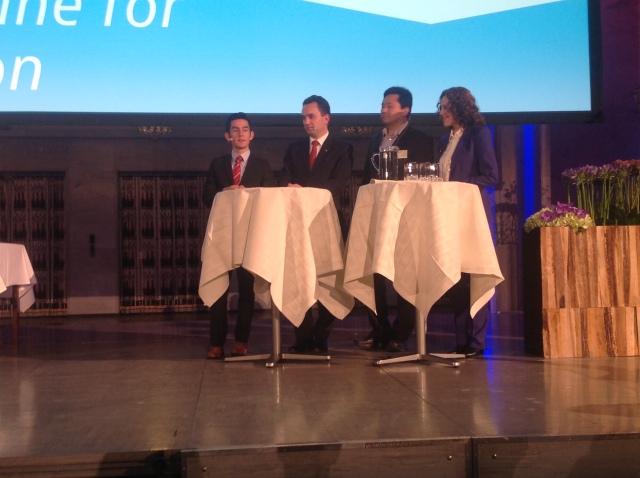
Photo 3 – Answering questions after the presentation, with the Mayor of Oslo and executives from Australia and Mexico.
Humankind always transformed in order to survive. However, for the first time in the history of our species, surviving will require more than a collection of Socialized Minds. The complexity of the challenges facing us cannot be solved solely through better policies, or technology.
We all need to strive to evolve – to climb the mountain – together!
“The real change takes place within our souls; the real change takes place when the unfolding of our souls reflects in some deep, mysterious way the unfolding of the universe. Then it is – when an individual person dares to live within his or her truth – that the world is changed, forever.” (Vaclav Havel)
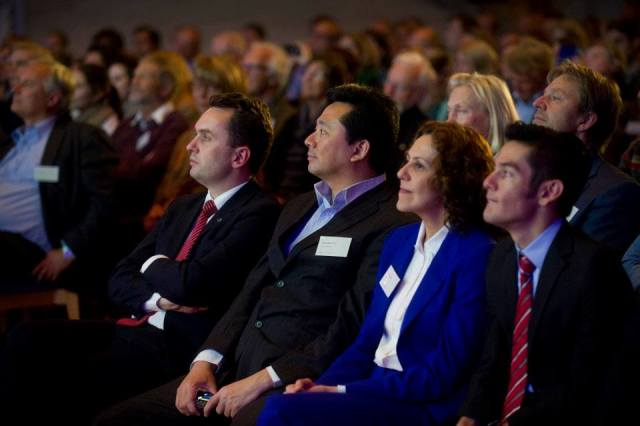
Photo 4 -In the audience after the presentation, with the Mayor of Oslo and executives from Australia and Mexico.
For more about this event, please see:
http://oiw.no/program/oslo-innovation-evening/
.
(1) See Edward Freeman
(2) See also Barrett Brown
(3) See also Marina Silva
.

